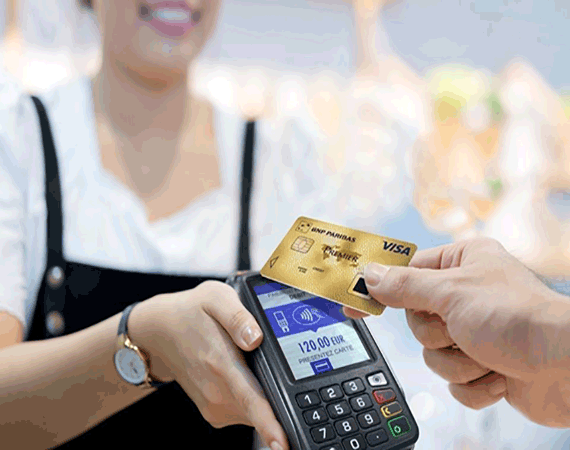Contactless payment or NFC: How does it work?
In the first half of 2021, more than half of all bankcard payments were made using NFC technology.
With the rise of contactless payment in France, NFC has become a process in its own right. In this article, we explain how this technology works and why it is so popular.
The appeal of contactless payment to consumers
In the first half of 2021, 57% of bankcard transactions in France (via moneyvox) were made using NFC technology, i.e. more than one payment in two. There are several reasons for this increase. Firstly, most smartphones are equipped with an NFC chip. What’s more, new generations are keen on technologies such as QR codes and Bluetooth. Finally, it is also possible to replace your wallet with your smartphone with the various wallet (electronic wallets). These allow you to add your bankcard and all the other cards you use in your daily life.
This type of payment has many advantages. NFC payment means that purchases can be made more quickly, without the need for a Pin code. What’s more, contactless payment eliminates the need to handle cash, thereby limiting cash-flow errors. This payment method is gradually changing consumers’ payment preferences. It makes checkouts quicker and smoother, and is considered to be more hygienic
How does it work?
NFC (Near Field Communication) is a technology that enables information to be exchanged between two devices at very short distances. To do this, the distance between the two devices must be less than 10 cm. It is also based on the standards used for (passive) RFID chips, adapted for communication between two active components.
To operate, one of these devices must be fitted with a chip (tag) and the other must be the reader of this chip. Information is transferred using an electromagnetic field.
La NFC a trois modes de fonctionnement:
- Card emulation: The smartphone, badge or card becomes a kind of smart card and sends information to the reader (NFC receiver). This is known as “passive” mode. It can be used for a wide range of applications: mobile payment, travel passes, coupons, tickets, etc.
- Reader mode: This lets you use your smartphone to read NFC tags and obtain information. This is the case, for example, on city signs or at bus stops.
- Peer-to-peer mode: This enables information to be transmitted between two devices, such as smartphones. Unlike Bluetooth, NFC does not require any prior configuration. However, for this use, NFC is slower than Bluetooth, but still useful for light files.
Contactless payment
Contactless payment works in emulation mode. In this case, the bankcard, smartphone or smartwatch is fitted with a chip and the payment terminal is the reader. This is passive communication, as the reader has to increase its electromagnetic field in order to transmit energy to the chip, which in turn transmits information.
